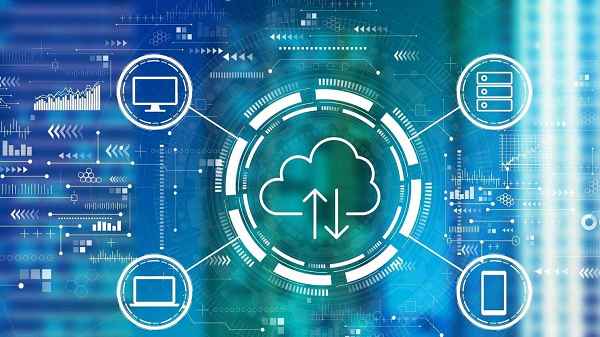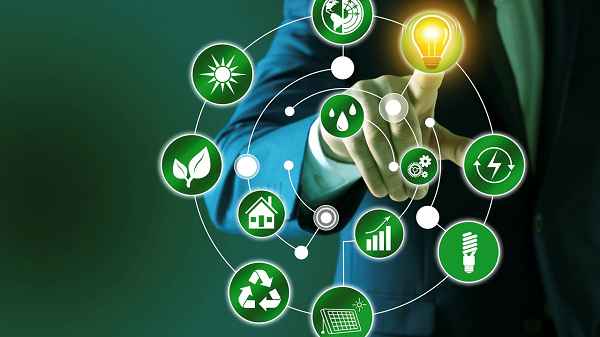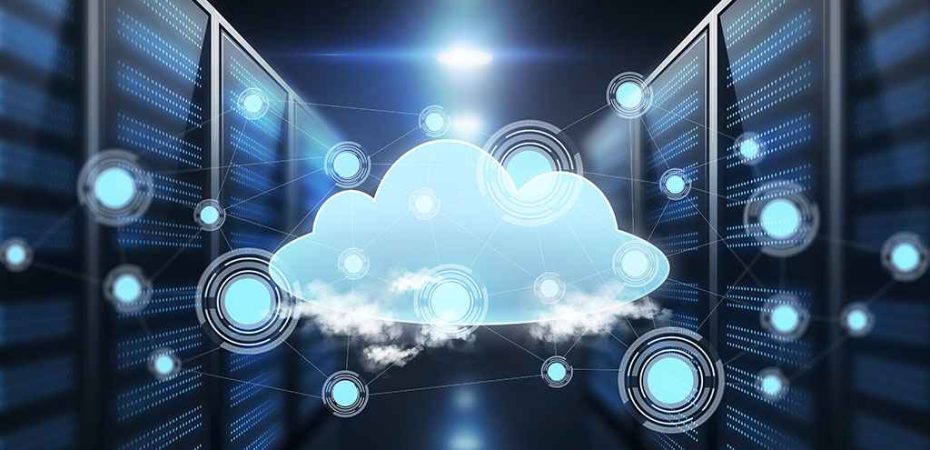The environmental footprint of technology cannot be ignored. As our reliance on digital services grows, so does the need for infrastructure to support it, such as data centers. However, the enormous energy consumption and heat production associated with these facilities has raised concerns about their environmental impact. Fortunately, green data centers offer a sustainable solution.
In this article, we will explore various ways in which data centers are embracing eco-friendly practices to reduce their carbon footprint.
Optimized Infrastructure And Layout

At the heart of any data center lies its infrastructure – a complex web of servers, cooling systems, and power supplies. An efficient design plays a significant role in reducing energy consumption.
This is where data center organization strategies come into play. By optimizing server arrangements, using space more efficiently, and implementing modular designs, data centers can not only operate more effectively but also decrease their environmental impact.
For instance, employing hot and cold aisle containment strategies can significantly reduce the cooling requirements. Likewise, opting for scalable infrastructure ensures that energy is not wasted on underutilized resources.
Renewable Energy Sources
Green data centers are progressively shifting towards renewable energy sources such as wind, solar, and hydroelectric power. By relying on these clean energy solutions, data centers can drastically reduce their carbon emissions.
Companies like Google and Apple have already committed to 100% renewable energy for their data center operations. Such initiatives not only help in reducing the carbon footprint but also set a precedent for other businesses to follow.
Advanced Cooling Systems
Traditional cooling methods are a significant energy drain in data centers. However, innovative cooling solutions, such as free cooling, liquid immersion cooling, and geothermal cooling, can decrease energy consumption.
For example, free cooling leverages ambient air to cool down the equipment, eliminating the need for air conditioners during cooler months. These advanced systems are not only more efficient but also more eco-friendly, aligning perfectly with the goal of a green data center.
Energy-Efficient Hardware

As technology evolves, so does its efficiency. Modern servers and other data center equipment are being designed with energy efficiency in mind. Features such as advanced power management, reduced idle power consumption, and efficient processors contribute to a significant reduction in energy usage.
By replacing outdated hardware with these new, energy-efficient alternatives, data centers can achieve both operational and environmental benefits.
Recycling And Reusing Heat
Data centers produce a massive amount of heat. Instead of letting this heat go to waste, green data centers are finding ways to capture and reuse it. Some innovative data centers in colder regions are even using their waste heat to warm nearby buildings. Not only does this offset the energy used by traditional heating systems, but it also provides a novel solution to the issue of data center heat dissipation.
Monitoring And Automation
The use of intelligent monitoring systems allows data centers to keep a close eye on their energy consumption and performance. Real-time analytics and predictive maintenance can identify potential issues before they become critical, ensuring optimal performance.
Additionally, automation tools can adjust cooling, power distribution, and other essential functions based on the current demand, reducing unnecessary energy use.
Certifications And Standards
Recognized certifications, such as LEED (Leadership in Energy and Environmental Design) or Energy Star, provide a framework for data centers to adhere to best practices in sustainability. By achieving these certifications, data centers can demonstrate their commitment to environmental responsibility.
Furthermore, these standards offer a guideline for continuous improvement in energy efficiency and sustainability.
In Conclusion
The importance of data centers is undeniable. Yet, as with all technological advancements, it comes with its set of challenges. The increasing environmental concerns associated with traditional data centers have paved the way for green data center solutions. By implementing sustainable practices like optimized infrastructure, advanced cooling systems, energy-efficient hardware, and more, these facilities are setting the benchmark for a more eco-friendly digital future.
As we continue to rely on digital solutions in our daily lives, it’s crucial to support and advocate for such green initiatives that ensure our digital world remains sustainable for generations to come.
Read also:
- A Quick Guide To Streamlining Invoice Processing with OCR Technology
- Dubai: city of innovation and technology
- The Latest Trends in Wearable Health Technology
- How To Use Technology To Improve Your Workplace Acoustics
- Tech and Business: How to Utilize Technology to Reach More Clients?
- Technology in the Classroom: A guide to EdTech Tools
- How To Use Technology To Improve Your Restaurant



